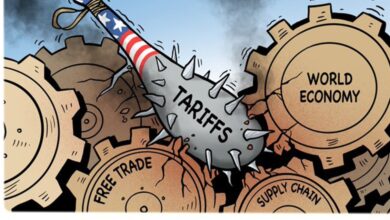The Reliance-Disney Merger. What Does This $8.5 Billion Deal Mean For India’s Media Future?
One of the biggest shifts that India's media and entertainment sector has seen so far is the merger that brought together India's biggest private sector firm, Reliance Industries Limited (RIL), with The Walt Disney Company's Indian operations. This merger, which will be completed in the third quarter of FY25, will restructure the competition landscape, strengthen growth prospects, and consolidate market power for both companies. Soon, operations concerning the finalisation to be completed in regard to combining both under one umbrella will be there from the two media giants. This Reliance-Disney merger has already secured the important permissions from CCI and NCLT.
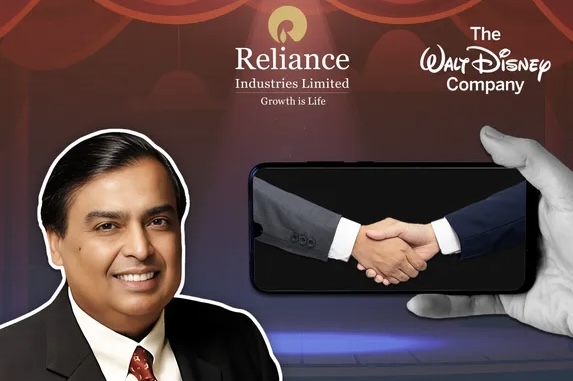
In a business merger, the proposed acquisition of Indian operations by Reliance Industries Limited of The Walt Disney Company would herald a new strategic direction in defining the Indian media landscape, which, sealed during the third quarter of FY25, will bring two big guns in media houses-Viacom18 and Star India Private Limited-bringing it closer to hundreds of millions through television and digital entertainment. It has already crossed most of the regulatory hurdles and has already been cleared by CCI and NCLT with a few formalities in place. Once done, this deal will significantly alter the competitive playing field in the Indian media space and will be very impactful for both Reliance and Disney.
Merger Overview
Reliance Industries and The Walt Disney Company have agreed to the deal for the merger of Viacom18 and Star India, to be completed on 28th February 2024. This is reported to be valued at ₹70,352 crores or roughly $8.5 billion. Reliance has invested ₹11,500 crores in funding this new enterprise. Reliance will own 63.16% of the combined entity, while Disney will hold 36.84% after the merger. Amalgamation Consolidates a Mammoth Portfolio of Assets. The tie-up combines a strong portfolio of assets; more than 120 television channels and two giant streaming platforms-Disney + Hotstar and JioCinema. It will be pretty well-equipped to fight the globals, notably Netflix and Amazon Prime Video, which have been systematically inching into India’s fast-growing media market.
How Merger Will Help Reliance?
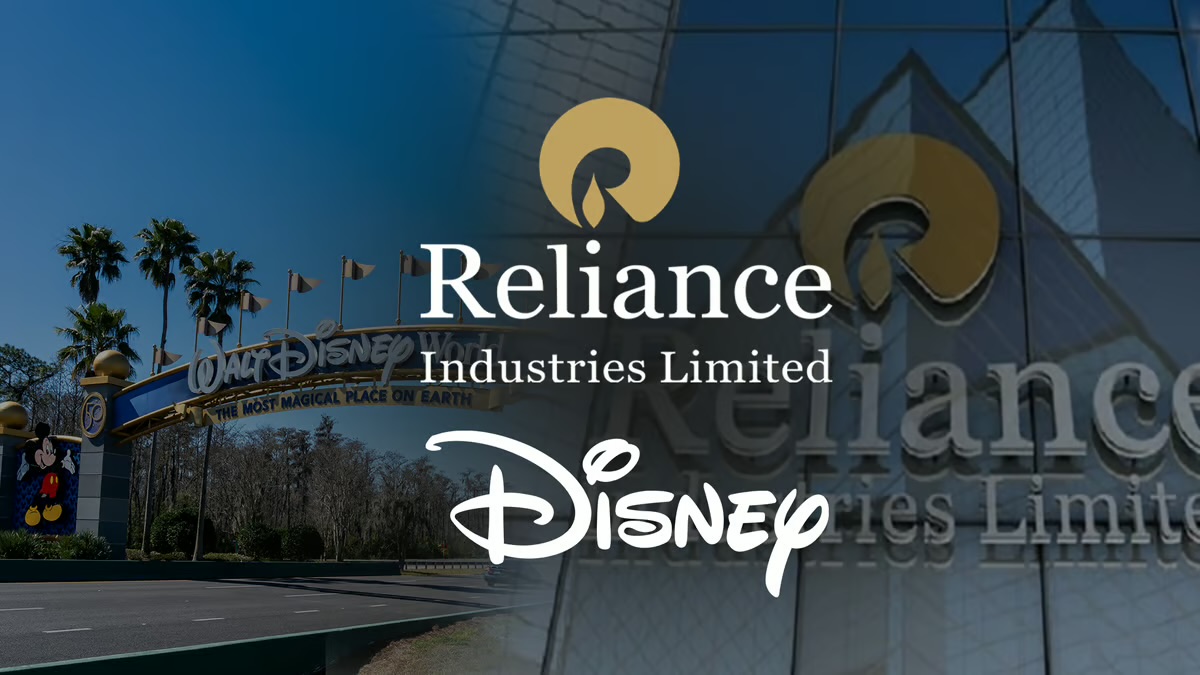
Reliance derives direct benefits from the strengthening of its position in India’s media and entertainment market. Under Viacom18, it enjoys massive outreach; under Disney, it benefits from the brand name that is well known globally, hence commanding a large share of the markets, be it traditional television or digital streaming. The combined company will command a 40% market share of the segments, which is going to make stiff competition with other groups such as Sony Pictures Networks India and Zee Entertainment.
Reliance is going to see it as a massive merge in terms of numbers. The line of business will be advertising models and subscription-based models, all based on a much stronger revenue base. One of the major fringe benefits of this deal is the broadcasting rights to big sporting events, like IPL, from 2023 to 2028 and other ICC cricket events up to 2027. These are some real gold mines, especially in India, considering cricket has the most massive fan base.
The commitment of ₹11,500 crore by Reliance is likely to strengthen the operational efficiency and the content-acquisition strategy of the new entity. These will allow the conglomerate to produce high-class content, too, and to buy high-class content, which will once again permit it to cross-sell its platforms. Already, JioCinema has over 16 million paid subscribers; the tie-up is bound to hike this number, for it will gain access to Disney’s enormous content library as well as Viacom18’s vernacular productions.
The merger will create some operational synergies that are going to rake in huge cost-cutting measures. With the infrastructures and resources of both companies, Reliance and Disney can better optimise their operations in marketing and distribution as well as other fields like technological development. Hence, through these synergies, the company will gain better margins on profit, considering the competitive pressure from other players in the market.
This would encompass Disney’s treasure of content, which consists of some of the most loved franchises across the world, including Marvel, Star Wars, and Pixar movies. When combined with the best of local pop content from Viacom18, this new platform would be extremely attractive to a wide range of audiences, from children and families to sports enthusiasts and young adults. Mixed propositions of such diversity should lead to good subscription numbers and good retention of customers.
This will make Reliance the OTT streamer giant of India. It’s one of the fastest-growing segments of the Indian entertainment industry. Along with Disney+ Hotstar and JioCinema, a mass, or rather a loyal subscriber base, is in the pocket of this merged entity. The new entity will gather more subscribers based on including popular shows on both platforms. Moreover, if one looks at the phenomenal rate at which digital consumption is escalating, be it rural or semi-urban geographies, this is a promising avenue of growth.
Key Takeaways of Reliance’s Roadmap Implication for future growth of Reliance
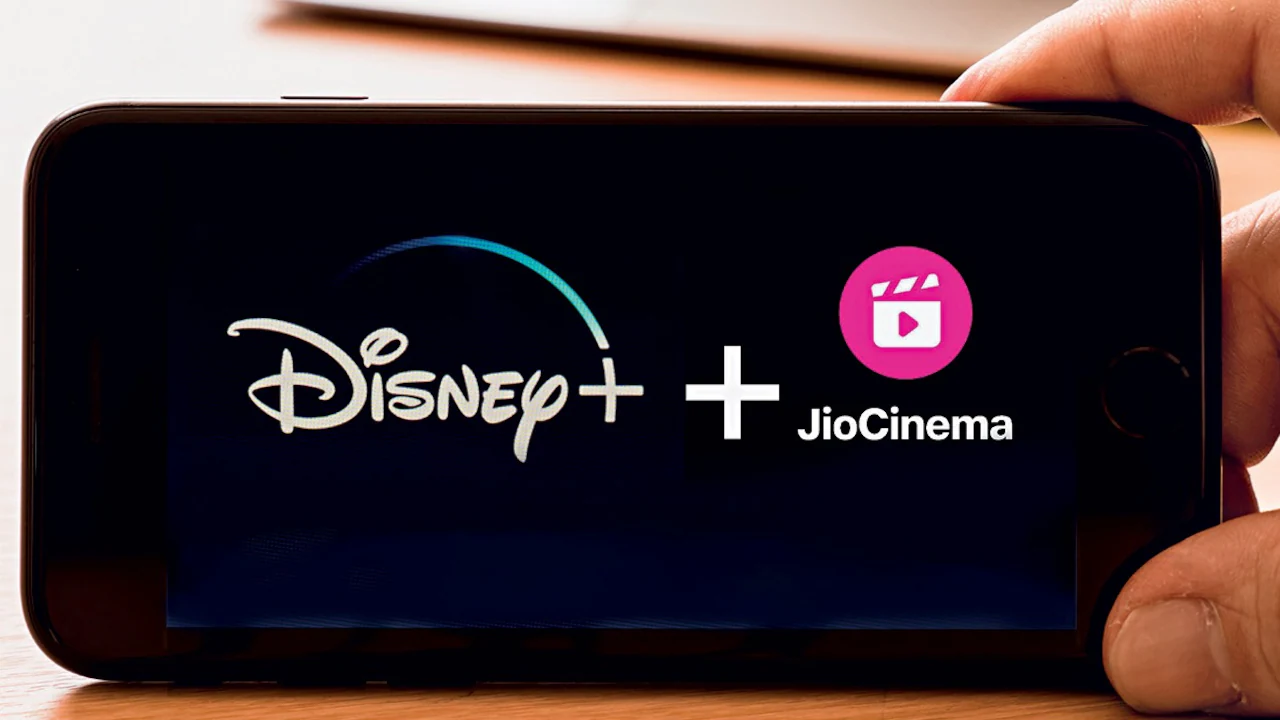
The resulting merger would be a media giant in most accounts, genuinely with scale that cannot be rivalled. This would pave the way for far bigger savings due to the combined infrastructure of the two companies through lower production marketing cost, and distribution costs. The scale would also ensure better deals for advertisements and content creation, which would further enhance the unit economics of the new entity.
Of course, major investment in origination content production can be made by having much better financial resources and a larger talent pool available to this newly merged organisation. Original content, thus, would help the company to differentiate and be loyal to customers, differentiating between new series and films, documentaries especially for Indian audiences, and attempts at a certain style of global storytelling techniques.
Reliance has already taken some tremendous steps into the induction of high-tech developments into media platforms, and with this merger, it will be better placed to take further strides in digital offerings. Some of the technological innovations that the company can focus on after the merger are AI-driven recommendation personalization, quality of the user interface, and quality of streaming. The increased viewing experience will thus help the entity increase market share in the highly competitive OTT space.
Industry Impact of the Merger
This media giant will create a huge amount of competition for the Indian media market. Other market players, such as Sony, Zee, Netflix, and Amazon Prime Video, among others, have to up their content game and do innovative work to keep up with target audiences. The battle for eyeballs will only lead to better content for the viewers.
It’s going to be a fantastic package for the consumers because it is going to give them more diversified, better, and enriched entertainment. Currently, the viewers enjoy the most exciting opportunity to view a wide variety of content with the bouquet that combines Disney’s widely acclaimed international content and local favourites in the form of shows and movies with Viacom18. The newly merged company also offers competitive pricing for subscription services. This will enable premium content for a more extensive clientele.
The Indian entertainment and media business is one of the fastest-growing industries in the country, and this merger will tend to generate ripples throughout the economy. The merged entity will have to hire more people to control its expanded operation, thus creating jobs in content production, marketing, and distribution. With more competition, it will already be tough on the industry, and other firms would have to incur much more on their operations and thus would contribute much more to growth.
Challenges and Regulatory Scrutiny
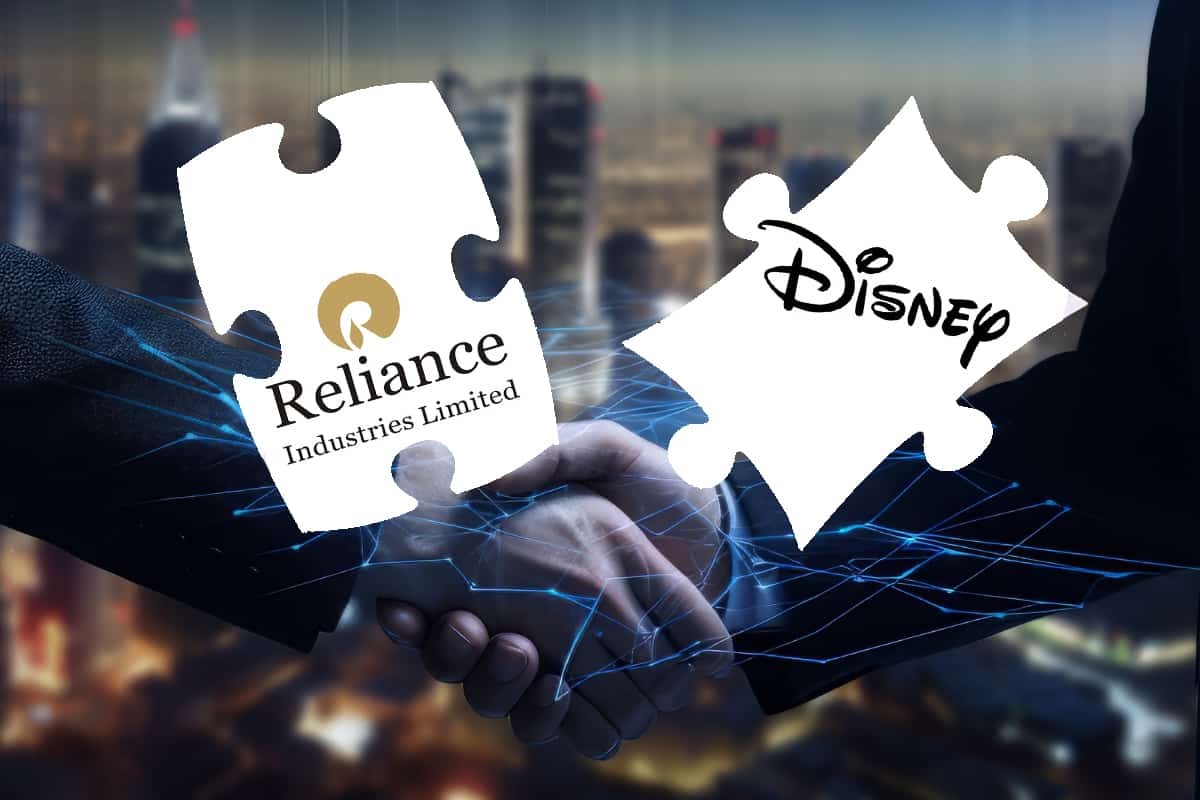
There are numerous benefits this merger offers, but challenges cannot be said to be inconsiderable. One of the biggest challenges this company may be facing with this new setup is regulatory scrutiny. As aforementioned, the CCI also identifies this as a potential possibility of turning into a monopolistic situation. Hence, they will have to ensure that no transgression would be done of the codes on the unfair competition law. Of course, merging two large operations with their corporate culture, management systems, and business practices would be challenging. A merger will, therefore, depend on a transition that would be smooth and clear from disturbances.
Reliance-Disney would be a business deal, but much more than that, it would be a landmark deal that will redefine the media and entertainment industry in India. It combines two giants together, bringing each respective strength into one company for providing unparalleled scale, content diversity, and technological expertise. It forms a giant leap in the efforts toward domination of media landscapes both within India and across the world.
This will include various financial and operating benefits for Reliance in terms of expanded market share, revenue growth and competitive capabilities with global players. This merger will impact all these diverse constituencies far beyond Reliance and Disney. It will increase competition, give consumers better content, create more jobs, and reform the broader media industry in India.
As they draw closer to completing the merger in the third quarter of FY25, they are going to lay the stage for a new era in Indian entertainment through consolidation, innovation, and global ambition. Not just creating a larger company but more so an emperor in media, with the potential to fight on international grounds and yet celebrate its uniqueness with being Indian.

